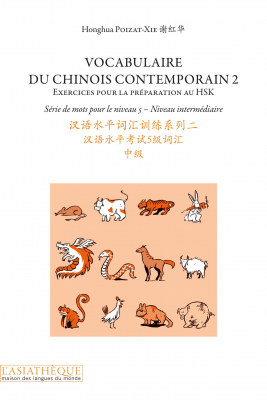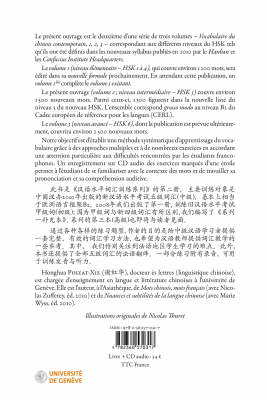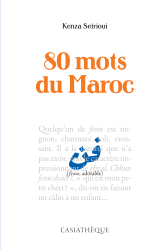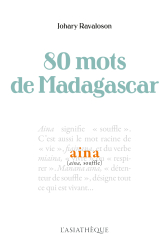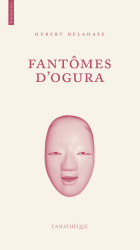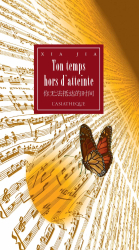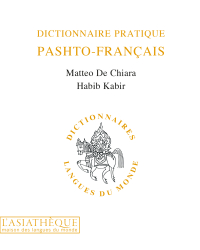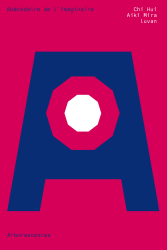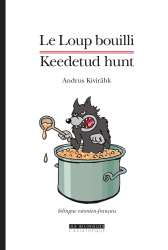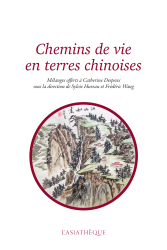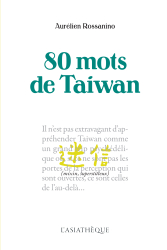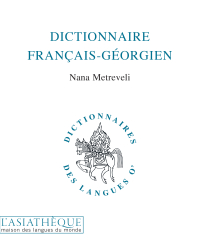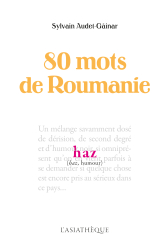Details
Format: Paperback
ISBN: 9782360570317
Collection: Hors Collection
16 x 24 cm
Weight: 428 gr
Pages: 264
First publication: 11/09/2012
Last printing: 06/2015
Vocabulaire du chinois contemporain 2 (Livre + 1 CD)
Exercices pour la préparation au HSK - Deuxième série de mots
This volume 2 retains the same approaches and offers about the same types of exercises than the volume 1. The ninety chapters are organized as follows. Chapter 1 to Chapter 18, words related to the concrete. Chapter 19 to Chapter 25, morphological aspects of vocabulary. This is an area unfortunately still not addressed by current textbooks and grammars. Chapter 26 to Chapter 59, the full words and empty words. Chapter 60 to Chapter 68, serving grammar vocabulary, and especially the lexicalization of grammatical structures. Chapter 69 to Chapter 78, learning of characters, highlighting the link between the characters and the word components. Chapter 79 to Chapter 85, lexical knowledge applied to the understanding of texts, moving gradually from reading short passages than some short stories. Chapter 86 to Chapter 90, access to cultural knowledge and the test of the new HSK test model 5, the target level with this method. With the aim to satisfy a wide audience of readers, the author has endeavored in this book to provide fun and attractive materials by adding text to drawings and pictures whenever possible. As with Volume 1, an audio recording of exercises marked with a star is provided to enable readers to familiarize themselves with the context of words and their pronunciation and work listening comprehension.
CONTRIBUTORS' BIOGRAPHIES
Honghua Poizat-Xie
Honghua Poizat-Xie teaches Chinese language and literature at the University of Geneva. She is also the author of a series of Chinese learning books at L'Asiathèque.
TABLE OF CONTENTS
Introduction en français – 法文前言
Introduction en chinois – 中文前言
I. Exercices
1. Les monnaies 钱币
2. Les vêtements et les décorations 服饰
3. La nourriture 食物
4. La végétation 植物
5. Les animaux 动物
6. Les parties du corps 身体部位
7. La maison 房屋
8. Les objets domestiques 家具
9. La cuisine 厨房
10. Les objets servant à l’écriture 文具
11. L’ordinateur et l’informatique 电脑
12. Les métiers 职业
13. Les noms désignant des êtres humains 表人的名词
14. Les fonctions 职位
15. Les lieux 地点
16. Les objets 物品名称
17. Les sports 运动
18. Les matériaux 材料
19. La formation des mots dissyllabiques 双音词的构成
20. La juxtaposition/coordination 并列式
21. La détermination/subordination 偏正式
22. La rection, la complémentation et la prédication 动宾式、谓补式、主谓式
23. L’affixation et le redoublement 加缀式、重叠式
24. Autres connaissances morphologiques 其他构词法知识
25. La formation des mots trisyllabiques 三音节词的构成
26. Les antonymes des noms 名词反义词
27. Les noms génériques et particuliers 总称与个体名词
28. Les noms abstraits 抽象名词
29. Les synonymes des noms 名词近义词
30. Double nature : nom et adjectif 名形兼类
31. Les spécificatifs 量词
32. Les expressions de temps 时间词
33. Plus de noms 更多的名词 (能产名词语素)
34. Les abréviations 减缩语 (简称)
35. Les caractères 性格
36. Les sentiments 心理活动
37. Les antonymes des adjectifs 形容词反义词
38. Les synonymes des adjectifs 形容词近义词
39. La combinaison d’adjectifs et de noms 形名搭配
40. Les verbes antonymes 动词反义词
41. Les verbes synonymes 动词近义词
42. La morphologie des verbes 动词构词
43. La combinaison de verbes et de noms 动名搭配
44. Les verbes d’actions concrètes 表示具体动作的动词
45. Les postures du corps 身体姿势
46. Les verbes sécables 离合词
47. Les noms synonymes monosyllabiques et dissyllabiques 单双音节近义名词
48. Les verbes synonymes monosyllabiques et dissyllabiques 单双音节近义动词
49. Les adjectifs synonymes monosyllabiques et dissyllabiques 单双音节近义形容词
50. Les adverbes synonymes monosyllabiques et dissyllabiques 单双音节近义副词
51. Les prépositions et conjonctions synonymes monosyllabiques et dissyllabiques 单双音节近义介词与连词
52. Les mots à double nature 兼类词
53. Les connecteurs 关联词语
54. Les adverbes 副词
55. Les prépositions 介词
56. Les mots mélioratifs et péjoratifs 褒义词与贬义词
57. Les noms faciles à confondre 易混淆名词
58. Les verbes faciles à confondre 易混淆动词
59. Les adjectifs faciles à confondre 易混淆形容词
60. Les expressions figées 固定用语
61. Les résultatifs 结果补语
62. Les verbes et les résultatifs 动词和结果补语
63. Les directionnels simples 简单趋向补语
64. Les directionnels composés 复合趋向补语
65. L’expression d’emphase 强调方式
66. Les fonctions non interrogatives des interrogatifs 疑问代词的非疑问用法
67. La comparaison 比较句型
68. L’emploi de 是……的“是……的”的不同用法
69. Caractères homophones 同音字
70. Caractères semblables 不同音的近形字
71. Caractères avec radical identique 同偏旁字
72. Caractères avec plusieurs prononciations 多音字
73. Caractères polysémiques 多义字
74. Jeux sur les caractères 汉字游戏
75. Jeux sur les mots 词语游戏
76. Devinettes sur les caractères 字谜
77. Devinettes 谜语
78. Humour et histoires drôles 幽默、笑话
79. Noms des rubriques 报刊版名
80. Titres des journaux 新闻题目
81. Les noms propres 专名 (人名与地名)
82. Les noms propres traduits 外来语专名 (名牌)
83. Lecture des paragraphes 段落阅读
84. Lecture d’une nouvelle 1 小小说阅读1
85. Lecture d’une nouvelle 2 小小说阅读2
86. Les noms de fêtes 节日大全
87. Les connaissances historiques 历史知识 (中国的朝代)
88. Les écrivains et les oeuvres littéraires 文学家和文学作品
89. Les connaissances culturelles 文化知识
90. HS K5 汉语水平考试五级
II. Traduction française des mots nouveaux du HSK 5 (1300)
III. Corrigés – 参考答案
Bibliographie – 参考书目
